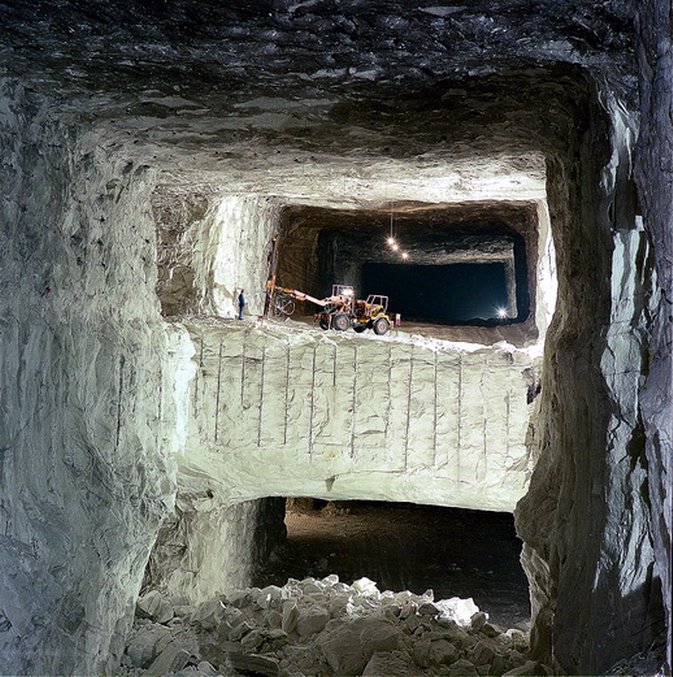
Petralia Soprana's Salt Mine
THE SALT OF PETRALIA SOPRANA
JULY 13, 2011
Origin of the Sicilian deposits:
One of nature's many marvels occurred six million years ago. The Mediterranean Sea was isolated from the Atlantic and the only parts of Sicily which were emerged were the Peloritani, Nebrodi, Sicani and Madonie mountain ranges, the Palermo and Trapani mountains and the Ibleo plateau. The area surrounded by these mountain chains was a vast briny lagoon in which the sea and rainwater that entered was less than that removed by the evaporation caused by the combined action of the sun and wind.
This led to a continuous increase in the concentration of salts until precipitation occurred: that is to say, the salts dissolved in the sea water started to sediment, layer upon layer. The first to precipitate were the less soluble salts, the carbonates and sulphates.
Crystals of chlorides and sodium, magnesium and potassium sulphates have been deposited above this bed of limestone and gypsums, which formed the thick, compact lenses of alkaline salt deposits, including rock salt.
Particular mention must be made of the Petralia Soprana deposit, which is one of the richest deposits in Europe: it is an enormous lens of rock salt contained in the heart of the mountain rising up to 1,100 metres above sea level. The rock salt covers an area of 2 km² (15 sq. miles) and a thickness of up to 400 m (1312 feet), with a sodium chloride content of up to 99.9 %. The exceptional purity of the salt and the location outside the area where the other Sicilian deposits are found, makes one think that the Petralia deposit had a secondary origin, that is to say, that they were pre-existing salt deposits which the geological events of the island dissolved, shifted and re-crystallised outside the area of its first formation.
This means that nature did by itself what man must do with sea salt; remove the gypsum and limestone detritus deposited with the salt. Petralia salt therefore naturally has a very special quality which no other salt may copy, not even with processing and manipulation which, in any case, would adversely affect the wholesomeness.
Modernization began in 1972 in Petralia Soprana's salt mines. More than 40 kilometres (25 miles) of tunnels wind along underground where the entire process is carried out, from mining to packaging. A ventilation circuit creates a safe and comfortable environment. There are two production lines: one for rock salt for industrial use and one for food grade rock salt, which is selected by analyses and protected against any manual contact.
Source: ITALKALI Società Italiana Sali Alcalini S.p.A.
It is most likely SALT, that first brought the Sicani people to Petralia Soprana, over 3000 years ago.
The ancient inland trade road connects Petralia Soprana
to Palermo on the north coast and Catania on the east coast.

Petralia Soprana's Salt Mine